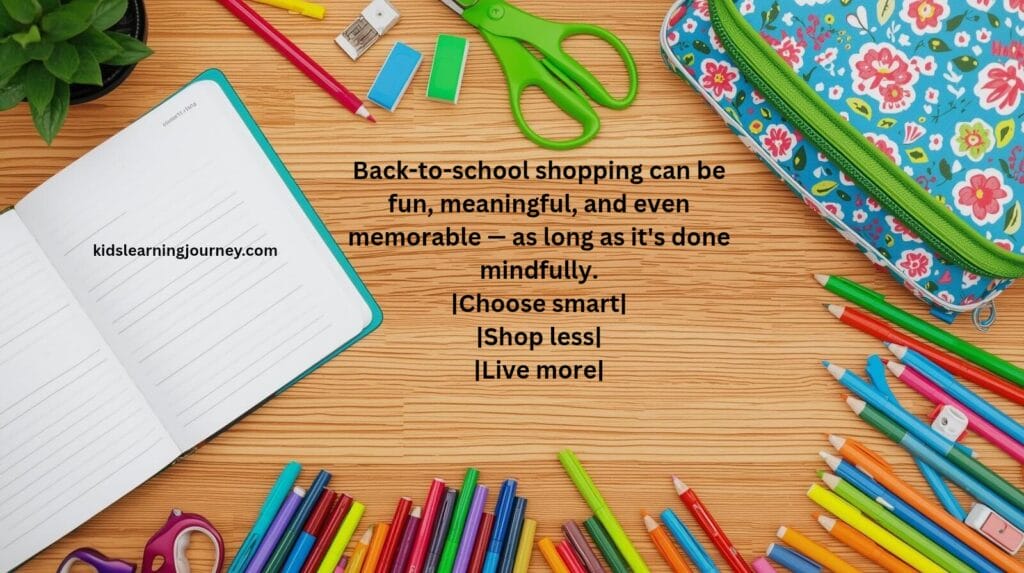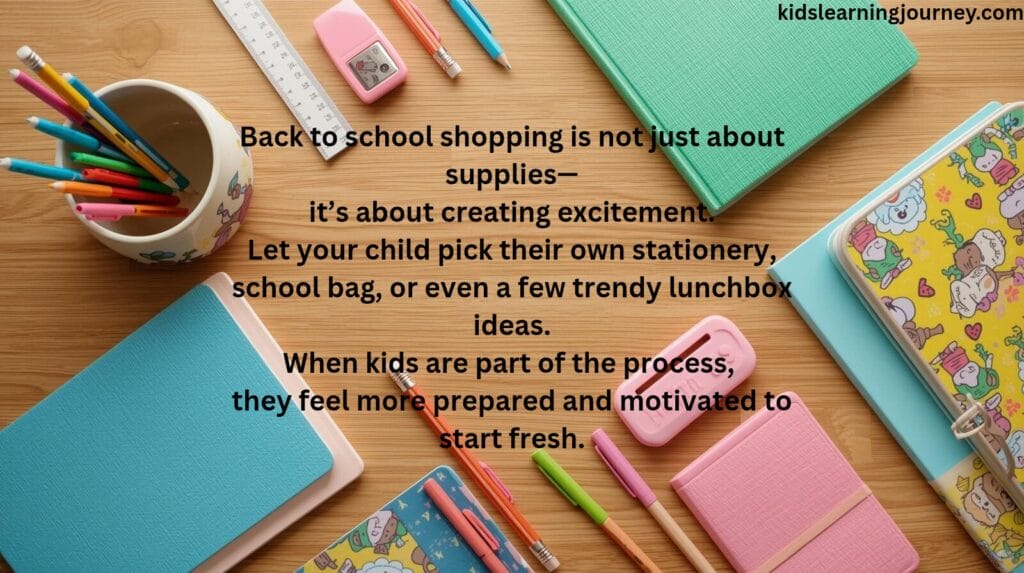
Globally, the back-to-school season is now a $100+ billion industry, making it one of the most lucrative annual retail events.
How Much Do Parents Really Spend?
According to the National Retail Federation (NRF), parents in the U.S. are expected to spend over $890 per child on back-to-school shopping in 2025 — covering everything from school supplies to electronics, clothes, and accessories.
This is a sharp increase from previous years, driven by inflation, tech demand, and changing trends. Introduction: More Than Just Shopping — It’s Big BusinessBack-to-school shopping isn’t just a tradition; it’s an economic powerhouse.
It boosts sales for retailers, fuels seasonal employment, and drives innovation in educational products and design. But behind the exciting haul videos, flashy deals, and colorful shelves lies a bigger question: Is all this shopping really necessary — or are we stuck in a cycle of overconsumption?
Inspired or Influenced?
We all get tempted by back-to-school trends. Cool lunch boxes, cartoon-themed water bottles, scented markers, gadget-loaded pencil cases, and a fresh wardrobe for every school event — it’s hard to resist.
But is this demand naturally occurring?
Or are brands and influencers creating it?
It’s the classic question: Does supply create its own demand? Or have we turned back-to-school shopping into a social competition?
As millennial parents, many of us are more financially secure and emotionally inclined to give our kids “the best” — from the latest fidget toy to a tablet for learning. But in doing so, are we unintentionally raising our kids in a culture of material excess?
The Economy vs The Environment
On one hand, back-to-school shopping stimulates the economy — creating jobs, encouraging production, and helping small and large businesses alike.
On the other hand, overconsumption leads to environmental stress:
-Packaging waste
– Fast fashion in kids’ clothing
– Non-recyclable materials in school accessories.
We may be helping the economy short-term but harming the planet long-term.
So What’s the Smartest Choice for Parents?
It’s not about boycotting back-to-school shopping — it’s about conscious consumption.
Here’s how you can balance your child’s needs, your wallet, and the planet:
5 Smart Back-to-School Shopping Tips for Parents
1: Make a List & Check Inventory First – Go through last year’s supplies. You’ll be surprised how many notebooks or pens are still usable.
2: Set a Budget (and Stick to It!) – Give your kids a fixed amount — it’s a great way to teach financial responsibility early.
3: Prioritize Needs Over Trends – Avoid shopping based on what other parents are doing. Buy what your child actually needs.
4: Go for Quality Over Quantity – A good backpack that lasts three years is better than buying a new, cheap one every August.
5:Shop Second-Hand or Swap Locally – Explore community groups or thrift stores for clothes and supplies. It’s budget-friendly and eco-conscious.
Final Thought
Back-to-school shopping can be fun, meaningful, and even memorable — as long as it’s done mindfully.
Choose smart!Shop less! Live more!


